|
 Hyaloscypha albohyalina var. spiralis Hyaloscypha albohyalina var. spiralis
SynonymsPseudaegerita lignicola
Hyaloscypha lignicola
Chrysothallus spiralis
Pseudaegerita corticalis
Oidium corticale
BiostatusPresent in region - Indigenous. Non endemic
Images (click to enlarge)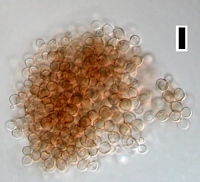
Caption: scale=10um
Owner: J.A. Cooper | 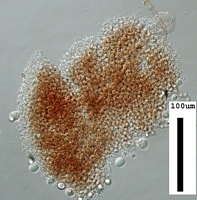
Owner: J.A. Cooper | 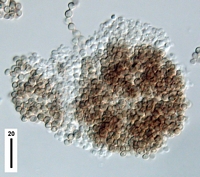
Owner: J.A. Cooper | 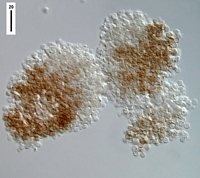
Owner: J.A. Cooper | 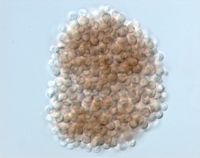
Caption: conidia
Owner: J.A. Cooper | 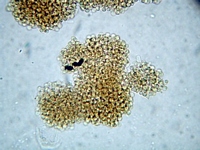
Owner: J.A. Cooper | 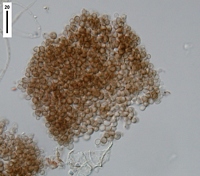
Owner: J.A. Cooper | 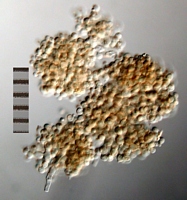
Caption: scale=50um
Owner: J.A. Cooper | 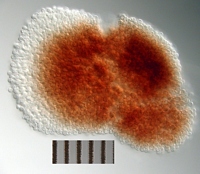
Caption: scale=50um
Owner: J.A. Cooper | 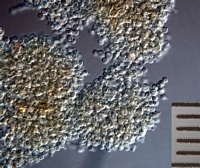
Caption: scale = 50um
Owner: J.A. Cooper | 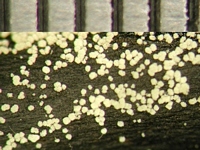
Caption: conidia on twig. Scale=5mm.
Owner: J.A. Cooper | 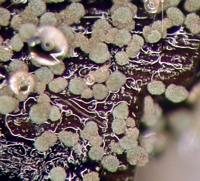
Caption: is this the same? Or viridis in same sample?
Owner: J.A. Cooper | 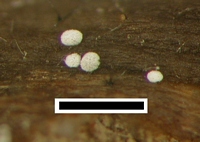
Caption: scale = 0.5mm
Owner: J.A. Cooper | 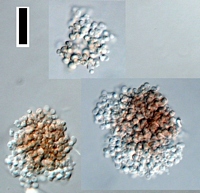
Caption: scale=20um
Owner: J.A. Cooper | 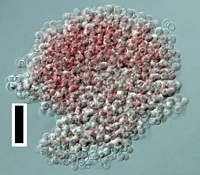
Caption: scale=20um. Stained in congo red.
Owner: J.A. Cooper | 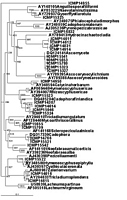
Owner: J.A. Cooper | 
Owner: J.A. Cooper | 
Owner: J.A. Cooper | 
Owner: J.A. Cooper | 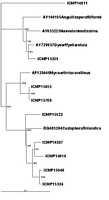
Owner: J.A. Cooper | 
Owner: J.A. Cooper | 
Owner: J.A. Cooper | 
Owner: J.A. Cooper | 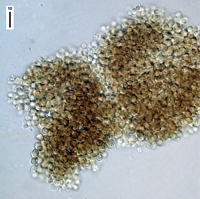
Owner: J.A. Cooper | 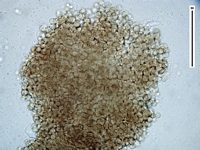
Owner: J.A. Cooper | 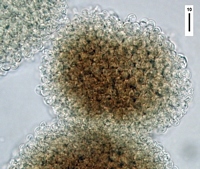
Owner: J.A. Cooper | 
Owner: J.A. Cooper | 
Owner: J.A. Cooper | 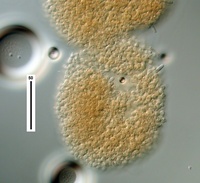
Owner: J.A. Cooper | 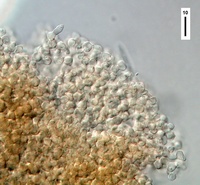
Owner: J.A. Cooper | 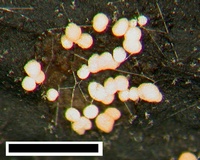
Caption: scale=0.5mm
Owner: J.A. Cooper | 
Caption: Fig. 14 A, Pseudaegerita foliicola (PDD 74987). Propagule cells; B, Hyaloscypha albohyalina var. spiralis (PDD 74778). Propagule cells of Pseudaegerita state (. Corticalis). Scale bar = 10 μm.
Owner: J.A. Cooper | 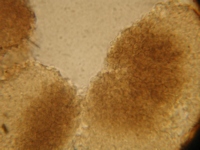
Caption: conidia
Owner: J.A. Cooper |
Article: Cooper, J.A. (2005). New Zealand hyphomycete fungi: additional records, new species, and notes on interesting collections. New Zealand Journal of Botany 43(1): 323-349 (http://www.rsnz.org/publish/abstracts.php).
Description: This description applies to the anamorphic Pseudaegerita state. Conidia spherical to irregular 600–900 µm diam. Cells sub-spherical to 5 µm diam. Cells in outer layers hyaline to pale, darkening to grey-brown in inner cortex
Notes: New record from New Zealand. See Abdullah & Webster (1983) and Abdullah et al. (1997) for a detailed discussion of this species. It is distinguished from the similar Pseudaegerita foliicola by the smaller cells and variation in colour of the cells, even in mature material, together with the lignicolous habitat.
|